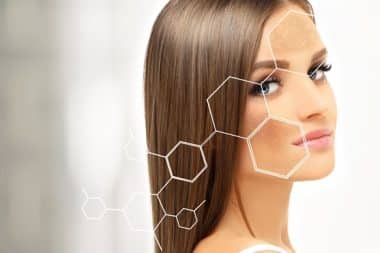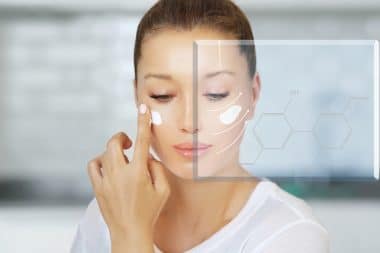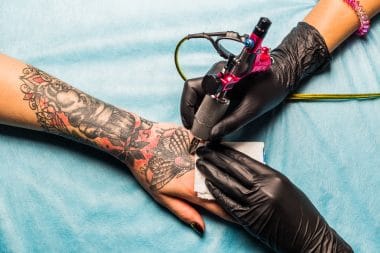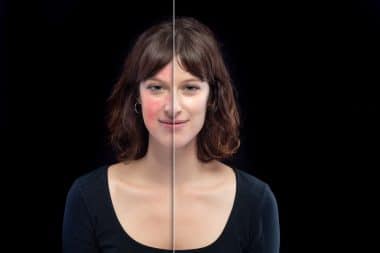Botox cosmetic injections are a popular, non-invasive, facelift technique that plastic surgeons use to help eliminate frown lines, crow’s feet, and those tiny wrinkles around your mouth. Botox cosmetic injections were used off label for many years as they were first developed and FDA approved for the medical treatment of spasms in patients who suffered from paralysis.
In the early 1980’s physicians using the Botox injection for treatment of neurological disorders also recognized that the patients had positive cosmetic changes. They further developed the treatments but had to use them off-label until April 2002 when the FDA finally approved Botox for wrinkles.
The active agent in Botox cosmetic injections is the bacteria responsible for botulism infections. This toxin, botulinum is responsible for temporary paralysis of skin, muscle, and nerve tissue. Ingestion of the toxin can cause gastrointestinal distress, dilated, unresponsive pupils, and muscle weakness. However, injection of the toxin subcutaneously does not cross the blood brain barrier nor does it cause the other systemic illness.
Doctors at Cornell University in New York warn that, although Botox for wrinkles is safe and seemingly effective, wrinkles in the adjacent area can form as the body attempts to recreate the same expressions without using the paralyzed muscle. For instance, if Botox is used between the eyebrows (one of the most common areas), then muscles in the bridge of the nose, eyelid, and forehead will attempt to recreate the scowl that originally formed wrinkles. This abnormal use of muscles can often result in new wrinkles. Doctors and patients should be aware of the risks of forming new wrinkles before using Botox cosmetic injections for a non-invasive surgical facelift.
Effects of Botox Injection
The effects of the Botox injection become evident after four to seven days and they last between three to four months. Repeated injections result in muscle atrophy, loss of muscle, which makes the treatments last longer. Other patients become immune to the use of Botox cosmetic injections over time. Current research is being done for approval of one of the seven other types of Botox to use after patients no longer respond to treatment.
The risk of new wrinkle formation can be decreased when physicians use an altered pattern of injection. In other words, when paralyzing the musculature, they not only include those responsible for the wrinkles, but also adjacent muscles that might be recruited to form the original facial expression responsible for the original wrinkle.
Botox can also be combined with resurfacing techniques, and dermal fillers to improve the outcome and the patient’s satisfaction. Botox cosmetic injections are more successfully used in the upper face because the specific muscle groups, which affect facial expression, are more easily located than in the lower face. In the lower half of the face, wrinkles are more often static, non-moving, and caused from gravity and the loss of elasticity in the tissue; whereas in the upper face, wrinkles are more often caused by motion and movement from muscle.







Reply